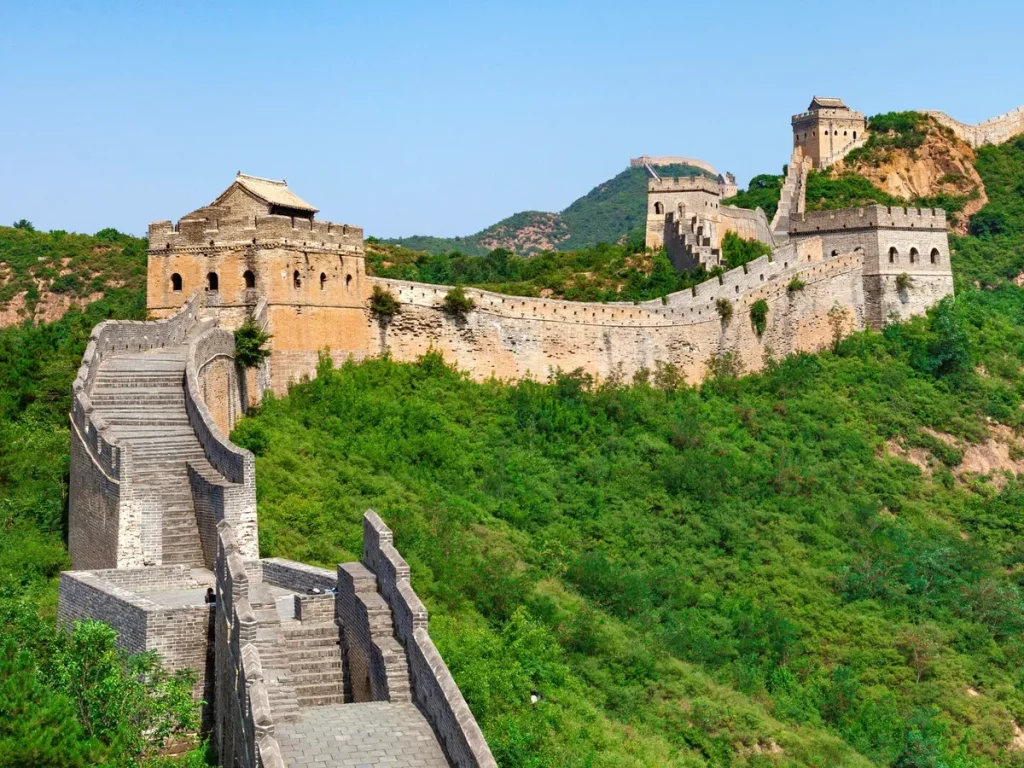
Title: The Remarkable Story of the Great Wall of China
The Great Wall of China stands as one of the world’s most iconic architectural marvels, a testament to human ingenuity, determination, and the desire to protect and unify. Spanning over 13,000 miles (21,196 kilometers), this incredible structure is a testament to the rich history and innovation of ancient China. Here is an overview of the remarkable story behind the Great Wall:
1. Origins and Purpose: Construction of the Great Wall began as early as the 7th century BC, during the Warring States period. Its purpose was multifaceted, primarily aimed at defending China against invading nomadic tribes and maintaining border control. As centuries passed and dynasties changed, various emperors expanded and rebuilt the wall to safeguard their territories.
2. Construction Techniques: The Great Wall was not built as a single continuous wall, but rather as a series of walls, forts, and watchtowers connected by natural barriers like rivers and mountains. It was constructed using a range of materials, including earth, wood, bricks, and stones. The methods employed varied based on available resources and the geographical terrain.
3. Labor and Sacrifice: The construction of the Great Wall required extensive labor, and historical records suggest that both soldiers and peasants were conscripted to work on the wall. The construction conditions were often grueling, with many workers enduring extreme weather and challenging terrain.
4. Great Wall’s Many Dynasties: Different Chinese dynasties contributed to the wall’s expansion and reinforcement. The most famous sections of the wall were built during the Ming Dynasty (1368-1644), when the wall was extensively renovated and reinforced with bricks and stone. During this period, the wall took on the form that we recognize today.
5. Myth and Reality: Contrary to popular belief, the Great Wall is not visible from space without aid. While it is an impressive feat of human engineering, its width and composition make it difficult to distinguish from the surrounding landscape when viewed from orbit.
6. Cultural Symbolism: The Great Wall of China is not just a physical structure; it holds significant cultural and symbolic importance for the Chinese people. It stands as a symbol of strength, resilience, and the ability to overcome challenges. It has also been designated as a UNESCO World Heritage Site, recognizing its global historical significance.
7. Tourism and Preservation: Today, the Great Wall attracts millions of tourists from around the world. While some sections have been well-preserved, others have suffered from natural erosion, human activities, and the passage of time. Conservation efforts continue to protect and restore this incredible piece of history.
The Great Wall of China remains a testament to the creativity and determination of humanity. Its story continues to captivate the imagination of people worldwide, reminding us of the power of unity and the remarkable achievements that can be accomplished when people come together to achieve a common goal.




0 Comments